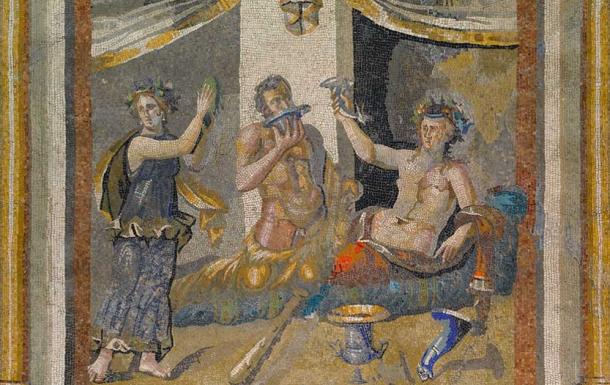
Despite its Ritual Importance, “Toasting” Came from a Piece of Toast
We’ve all taken part in toasting rituals. At birthdays and weddings, in remembrance of loved ones or as a sign of respect, modern-day toasts range from a polite nod while wetting one’s lips to guzzling down alcohol after the speaking of witty words. But, have you ever wondered where the name itself comes from? While toasting goes back much earlier in history, it appears that the word itself originates with a humble piece of toast.
It seems that in the late 17th century, people would use spiced toast to flavor their drinks and make them more appetizing, to improve the smell, and soak up the acidic sediments. It makes you wonder what on earth they were drinking. The tradition is similar to that of Spaniards putting fresh fruit in their poor-quality-wine sangria, or Mexicans serving lime and salt with tequila to cover the taste.
According to Merriam Webster, people being “toasted,” or having someone drink to their health, “developed by association with the act of literally raising a piece of toast in a cup in someone's honor.” In other words, the word “toast” morphed into referring to the person being honored. As a side note, this is similar to the origin of the Spanish word tapas, small portions of food served at a bar, which originated in the custom of covering ( tapar) drinks with slices of bread to stop insects getting in.

Roman mosaic dating back to 3rd century AD depicting Herakles and Dionysus toasting during a the drinking contest. (Public domain)
The action has its roots in ancient Greece, when men would gather at symposiums and drink to the health of their gods. The tradition continued with the Roman Empire, and then with Christians raising glasses to their saints. For the Romans it was such an important ritual, that the Senate decreed all diners had to toast the health of Emperor Augustus at every meal. NPR claims that clinking glasses came with Christianity, due to the belief that the “bell-like noise would drive off the devil.”
Throughout history, and despite strict protocols, toasting has worked to get the party started, serving as an eventful drinking game. In the 17th century, young Englishmen would stab themselves, mix their blood in the wine and then drink to the health of the woman they loved. As usual, some cultures decided to control the celebrations.
The Order of the Temperance set its sights on banning toasting in Germany in the 1500s, Louis XIV banned toasting in France, and the Massachusetts Puritans in 1634 saw it as a Devilish trait inherited from “Pagans, heathens, and infidels.” Nevertheless, others have eulogized its benefits. “A Toast or Sentiment very frequently excites good humor, and revives languid conversation; often does it, when properly applied, cool the heat of resentment, and blunt the edge of animosity,” stated The Royal Toast Master.
Top image: Painting by Peder Severin Krøyer, entitled Hip, Hip, Hurrah!, depicting a group of artists toasting at a party. Source: Gothenburg Museum of Art / CC BY 4.0
By Cecilia Bogaard















